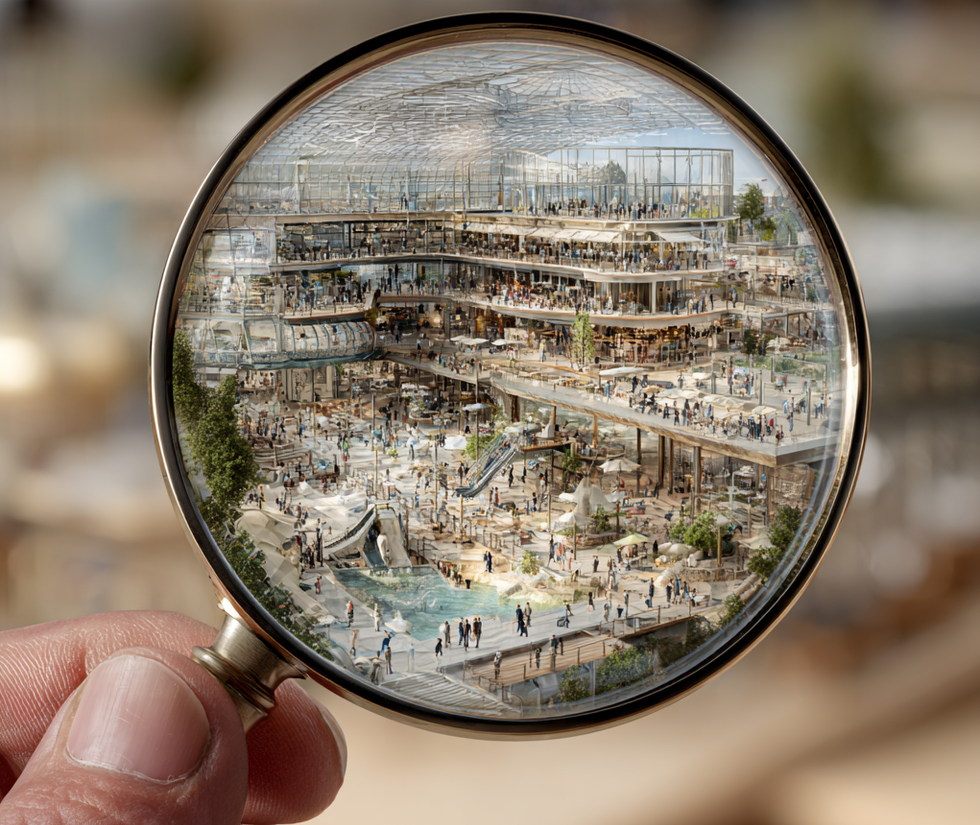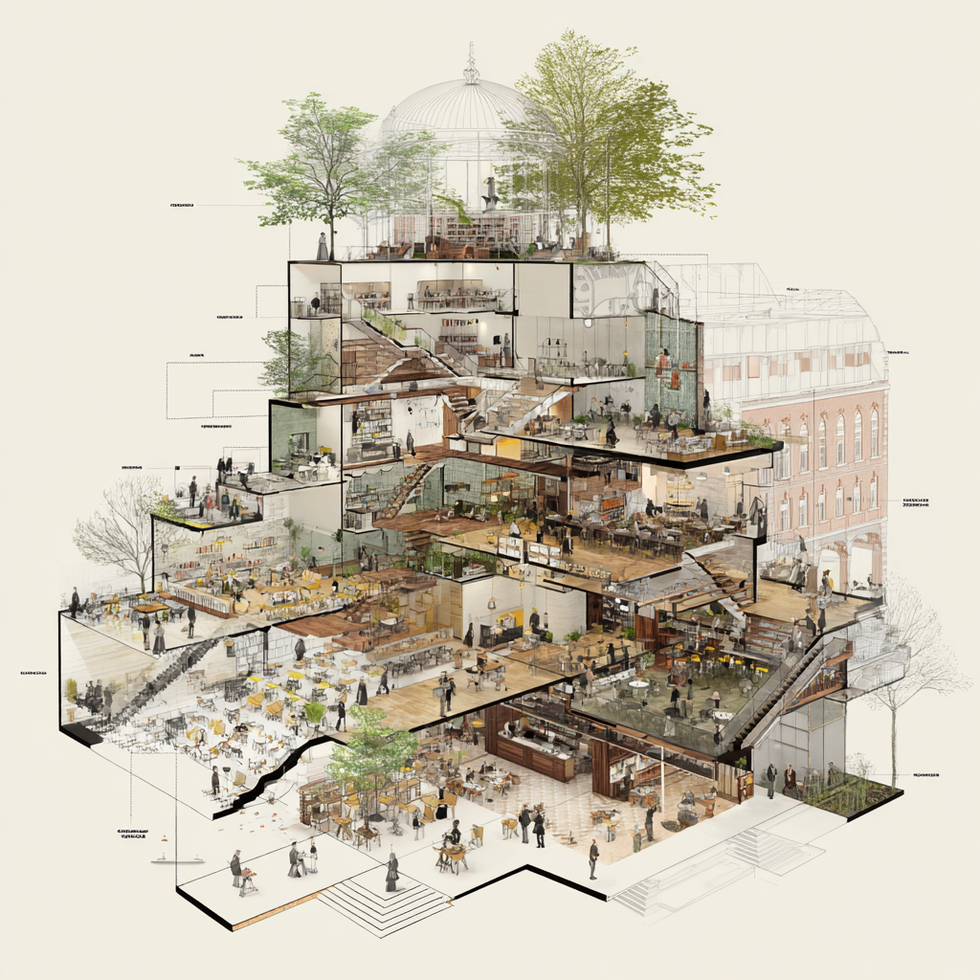It’s been two years since I published ‘ Delivering the Visitor Experience ’, which remains, to my knowledge, the only book to deal exclusively with the practicalities of visitor experience building, management and development in museums and heritage attractions.
It might be a niche subject, but the loneliness of my book still surprises me. It’s such a rich topic. And it’s one that evolves and challenges continuously. Why isn’t everyone talking and writing about it all the time?
In the years since its release, people have occasionally asked if I plan to write a sequel, presumably titled ‘Still Delivering the Visitor Experience’. I feel like the book is pretty comprehensive as it stands, and if I were to publish anything new, it would ideally be the murder mystery I wrote years ago.
At the time, I thought it was probably destined to win a Booker Prize. I’ve re-read it recently and… I don’t think that anymore. So, I can’t see any new books in my immediate future. But the question does make me think about what has changed since I wrote the first one. Are there new challenges Visitor Experience professionals are dealing with? And ideally, are there new solutions?
Whilst I don’t yet think there’s a new book in it, there have been significant changes in our world over the last two years, and new approaches have emerged. In this article, I have identified three fresh challenges that I might have written about if I were writing the book today.
1. The behaviour/resilience conundrum
A common discussion amongst VEX professionals over the past couple of years has been the decline in visitor behaviour. This was first raised immediately post-Covid, perhaps as a reaction to the many rules and restrictions that we had to impose on the visiting public to keep them and ourselves safe.
Maybe we thought the behaviour would improve when things returned to normal. However, although our visit experiences are essentially the same as they were before - apart from the occasional ‘Two Metres Apart’ floor sticker, which is now faded, forgotten, and probably in need of removal - reports of bad visitor behaviour haven’t abated. So, what’s going on?
Although Covid restrictions have been removed, the mental health impact they’ve left behind is going nowhere. Perhaps this accounts for an uptick in difficult behaviour. The cost-of-living crisis is also making itself known, with people much more aware of the value of their day out, and less tolerant of anything at all going wrong.
Many museums and attractions have made a real shift post-Covid to attract new audiences. This is commendable, not to mention necessary. But thought needs to be given to whether new and core audiences can happily co-exist, or whether different visit motivations might rub up against each other and cause conflict.
That’s not to take the blame completely away from individuals. I’ve definitely had some interactions personally in the last couple of years that make me question humanity; it does instinctively feel different to the years BC (Before Covid). In the sector, we all have those stories. But does that turn a trend into a self-fulfilling prophecy?
Post-Covid staffing & the visitor experience
There’s another side to the coin. The new visitor-facing staff we are bringing into our organisations right now are often that exact generation that was most royally screwed by Covid.
Think about it. In their last year of school, just as you want to start exerting a bit of independence, the pandemic forced them into lockdown and an almost exclusively online world. Then their exam results were messed up.
Then, just as the country began to open again, they went off to university, only to be popped into another lockdown. Only this time in cramped and full halls of residences or paying £9k a year for the privilege of online classes.
That’s the generation now entering the workplace for the first time. They didn’t get a chance to get those early jobs that introduced the rest of us to the general public; those pub, shop, or café jobs that are so important in building experience and resilience.
Many of their formative years and experiences have been online, and some of them have simply not had the opportunity to deal with conflict.
This is, of course, a generalisation. But I see the effect of this circumstantial negligence daily in my work. For the first time, we have started running conflict resolution training as standard. Unless you are practised in dealing with conflict, you won’t have those spidey senses that tell you what tone to adopt, when to step back and when to take charge.
It was something that those first minimum wage pub jobs hammered into my generation. Now, we have to teach it.
Recovering confidence
So, are visitors getting worse? Or are staff less prepared to handle it? Like most things, I think it’s a bit of both.
There’s absolutely no point, by the way, in rolling your eyes and saying “Kids today…”. They didn’t choose that pandemic. The raw skills are still there. Like with any new challenge, VEX managers simply have to adapt their approach and bring them out.
I’m hopeful that with training, practice and a bit of mentorship from their more experienced colleagues, our attractions can be the supportive environments that allow young people to recover the IRL confidence Covid took from them.
2. New security threats & the visitor experience
In the last couple of years, there have been several new trends emerging that are not so much bad visitor behaviour as genuine security threats.
Protesting has taken a turn towards art and heritage in the last few years, with incidents taking place at Stonehenge, Manchester Art Gallery and the National Gallery. At the National, activists have sought to damage high-profile artworks, with attacks on Van Gogh’s Sunflowers and John Constable’s The Haywain amongst others.
These attacks, primarily carried out by activists looking to draw attention to the climate crisis, have made all museum, heritage and art sites reach for their Crisis Management Plans.
Protests and demonstrations require different responses to terror incidents and natural disasters. With most incidents now being filmed and simultaneously live-streamed by the group before they even start, serious consideration has to be given to how staff act and what they do.
It puts frontline staff under huge pressure, often requiring that they ignore their instinct and allow the demonstration to happen. For the organisations, balancing a live media event with the need to protect people and collections is a tough nut to crack.
There are similar media pressures from another new security challenge: Social Media Auditors. This breed of internet troll that was unknown to me before last year, now, almost everyone I know in the sector has had some dealings with them.
Social media challenges
If you’re lucky enough not to have interacted with them or seen their content, and please don’t go looking for it if you haven’t, they survive on clicks - they are individuals who come to deliberately provoke staff into a confrontation, which they then edit and post online.
Often, but not always, the subject of the confrontation is the use of a drone, taking advantage of the confusion that many people and organisations still have around the legality of drone flights.
These are extremely unpleasant people, and their interactions and subsequent social media humiliation of others can have a profound and long-lasting effect on those involved.
There is good Government advice on how to deal with them, but the thing that struck me most about it was how divergent it is from what we normally ask of our people. The summary of the advice is don’t engage, don’t get provoked, and don’t give them anything to film. All of which is surprisingly effective.
The problem is that we have spent the previous two decades training people to solve problems with conversation, to be kind to everyone and ‘the power of hello’. It feels like such a pivot to follow this new advice, but it really does work.
Social media auditors and hyper-media savvy activists are the topics of the moment, but they are just two more examples of how visitor experience can’t stay still. Front-facing staff have to change and evolve their practice to deal with new circumstances, and as managers, if we don’t equip them to do so, we are failing them.
3. No more ‘customer service’
To finish on a positive note, I spent probably too much of the original book complaining about the term ‘customer service’.
Ten years ago, I wrote a Customer Service Strategy for the Natural History Museum; today, I cringe to hear the words. ‘Customer’ – ugh. Transactional, impersonal, denoting only commercial value. ‘Service’ – ugh. Hierarchical, old-fashioned, one-way. ‘Customer Service’ – double ugh. The sort of thing the staff in David Brent’s Office would watch a training video on.
So, I ranted about it then and am still ranting about it now. But I’m pleased to say that in my world, at least, the hated words have now been eradicated.
Last year, we rolled out a brand new Visitor Engagement - my preferred wording - standard across Historic Royal Palaces (HRP) called ‘People Make Palaces’. It’s standard that recognises that at HRP, we have to work harder than most to welcome everyone.
We’re working against our own architecture. Places that were specifically designed to intimidate and reinforce hierarchy, or in the case of the Tower of London, literally designed to terrify. How can we break those barriers down? The only way is through people.
People make the place
People Make Palaces goes way beyond the type of training you might have had on a C******r S*****e course. We don’t train people to maintain eye contact or use open body language anymore; we recruit for it. We don’t hire Palaces People, we hire People People.
Then, when we do get the opportunity to do some precious frontline training – because there is never enough time to do that – we focus on really lifting the bar, talking about transactional analysis, empowering our colleagues to make real decisions with real budgets and how we have to zoom out and appreciate the entire picture of our visitor’s journey.
We use real examples from our work to demonstrate how we can embody our charity’s goal to become For Everyone through our Visitor Engagement. It’s not something we could have done through Customer Service.
So, whilst my first two challenges are problems we have to solve, the third hints at the toolbox we need to solve them. Our environment is changing all the time, and that commonly-used acronym of VUCA – volatile, uncertain, complex, ambiguous – never more pertinent.
We won’t meet these new challenges by delivering Visitor Experience in the same way we have always done. Luckily, in the sector around me, I see no evidence of us trying to.
Maybe there’s a new book in it after all.
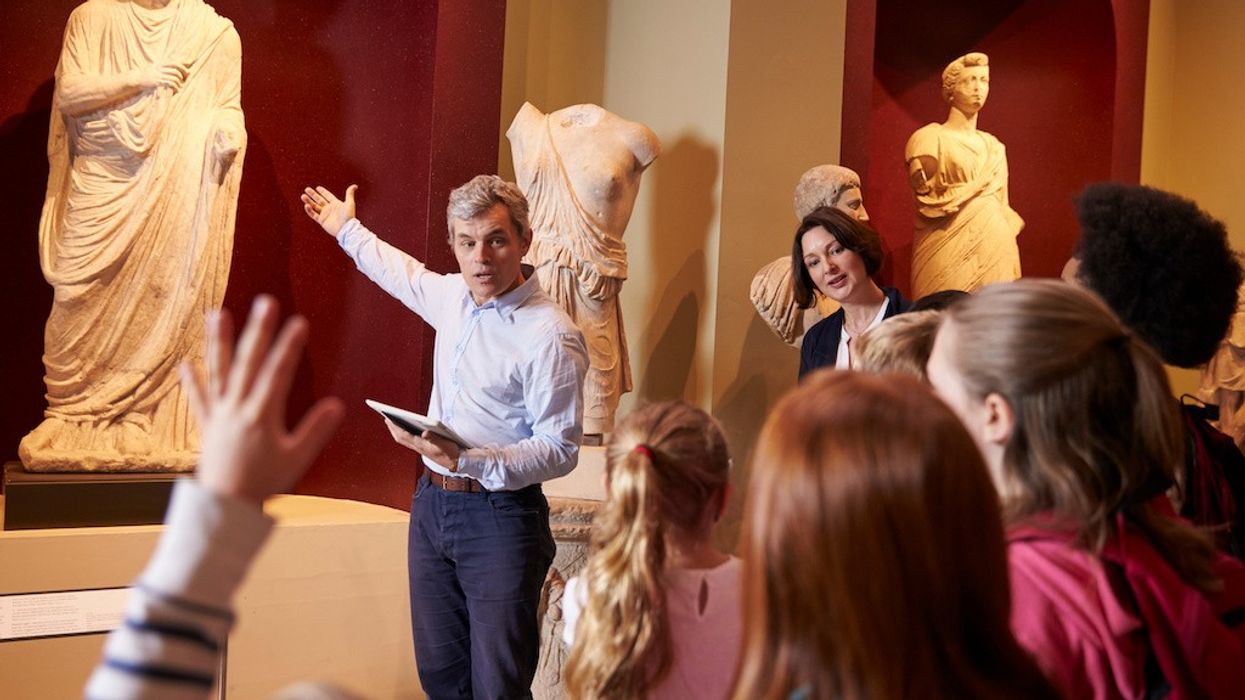


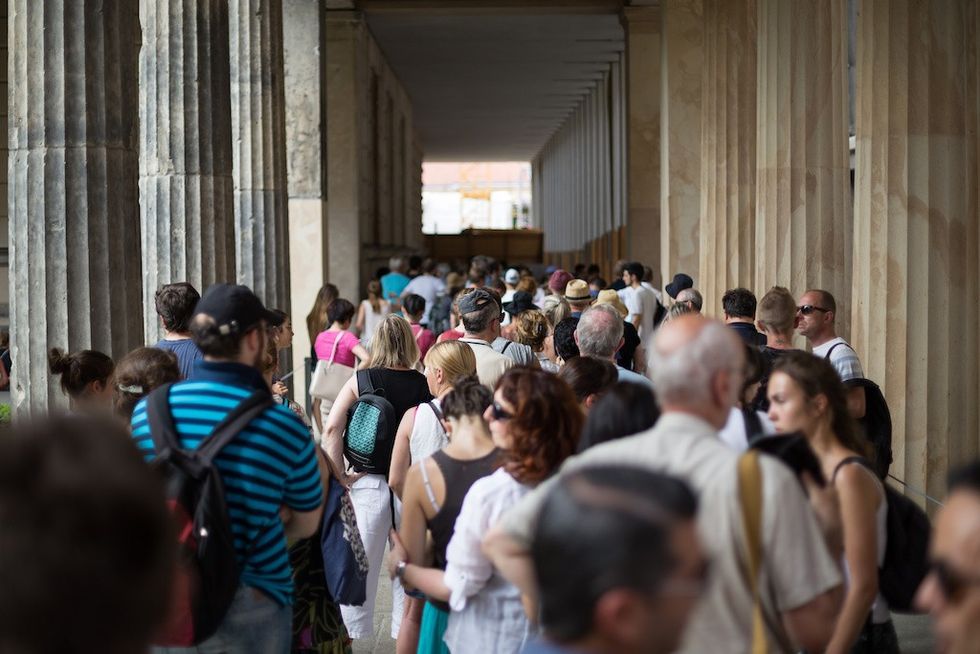
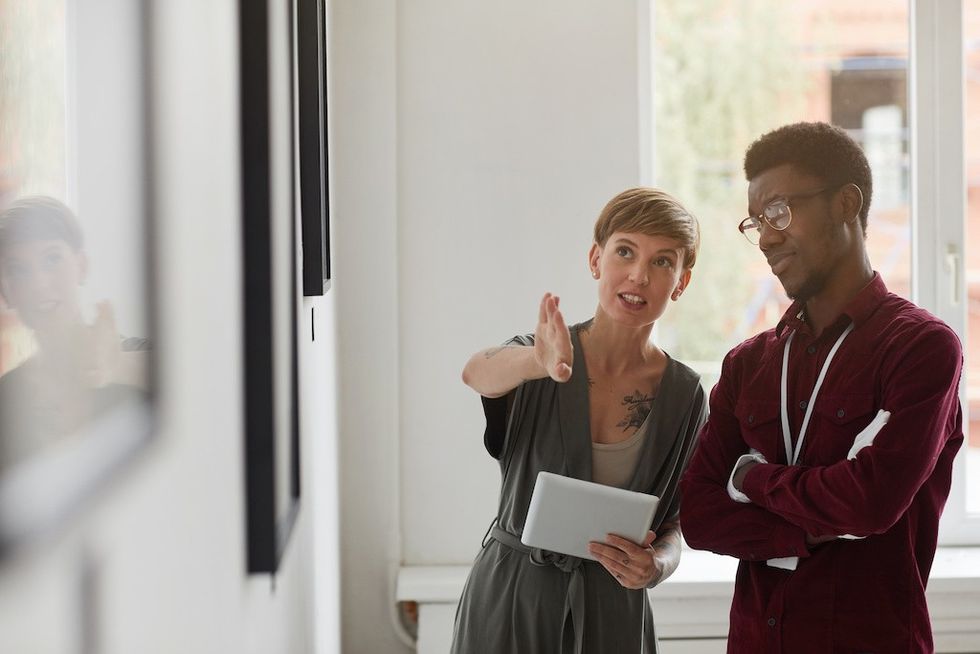
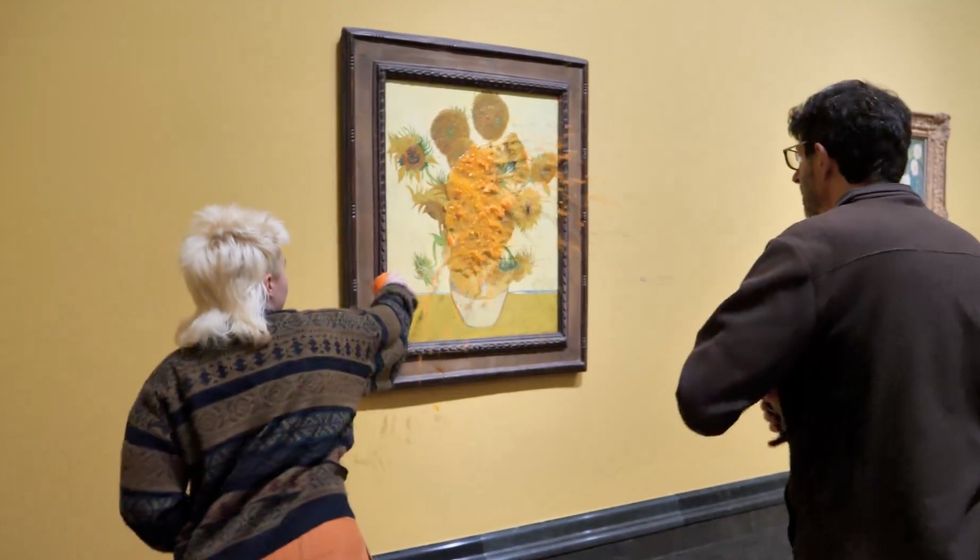
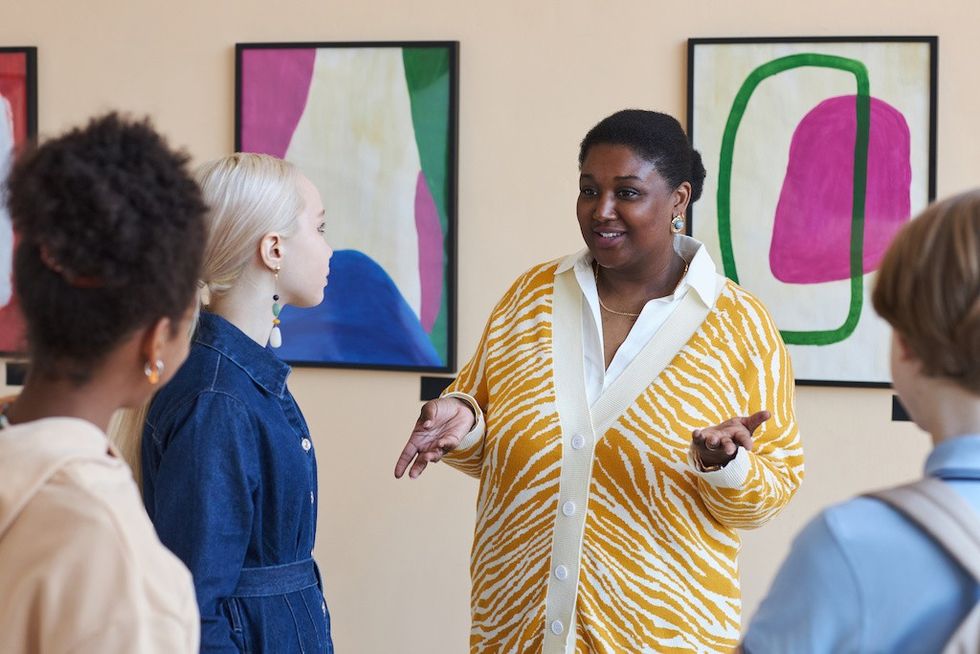

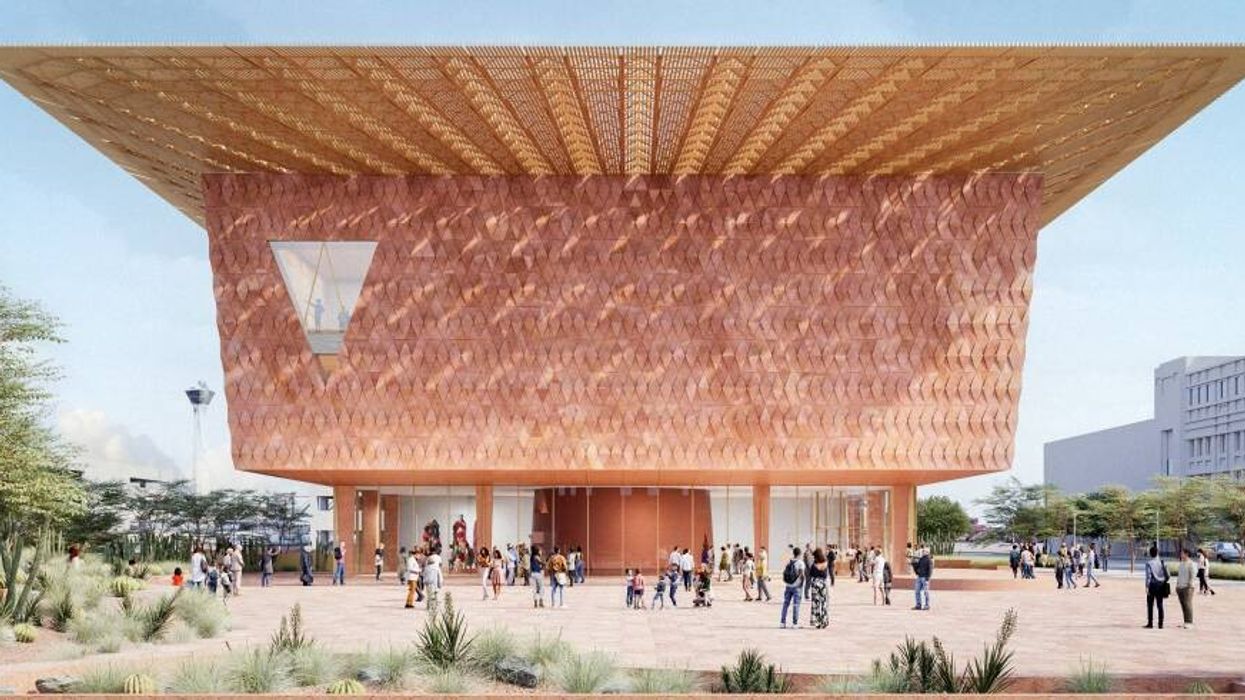
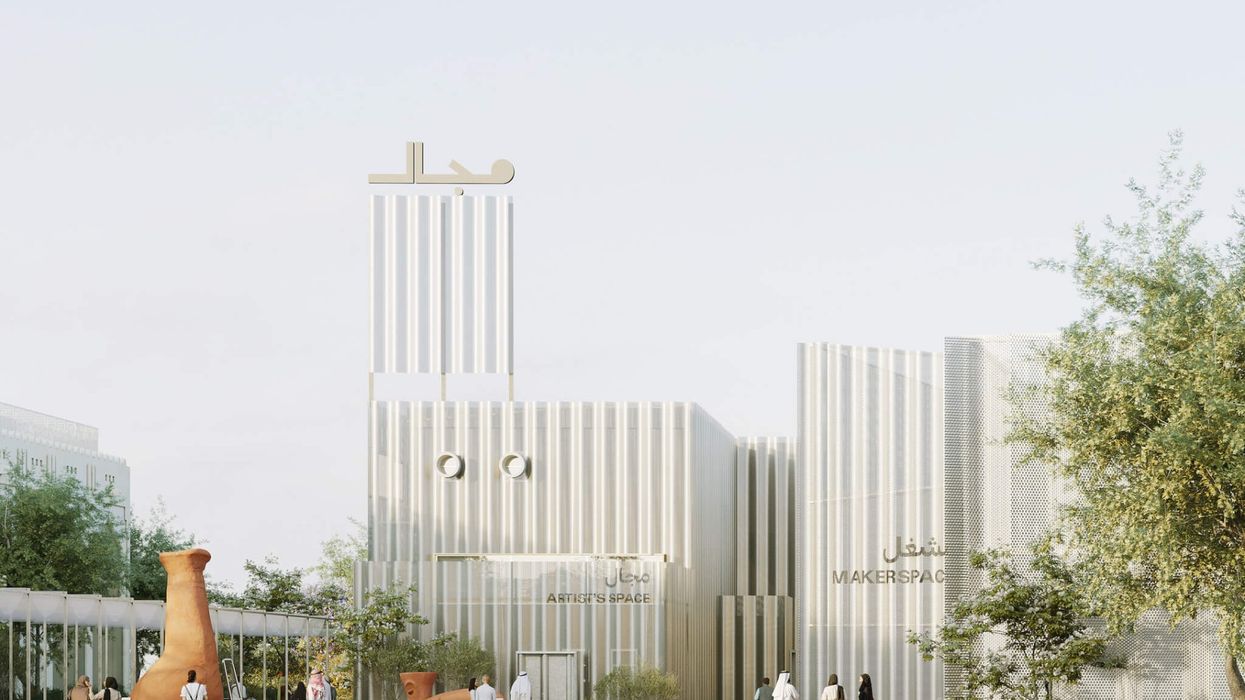
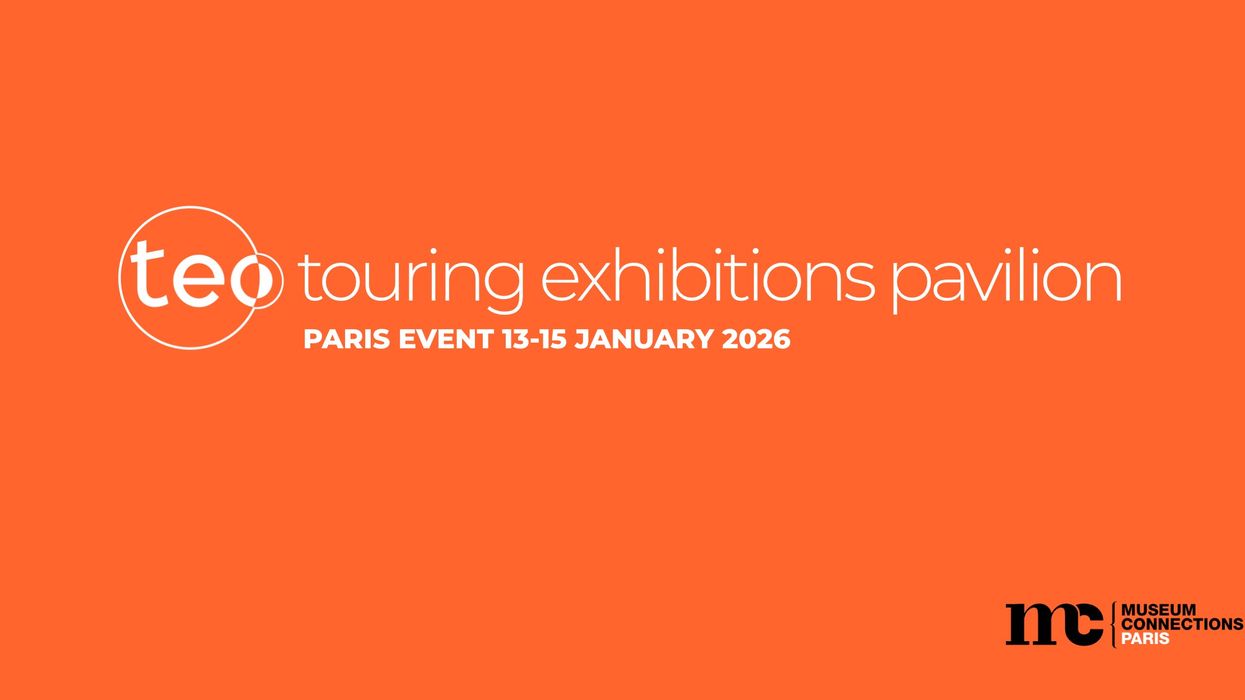

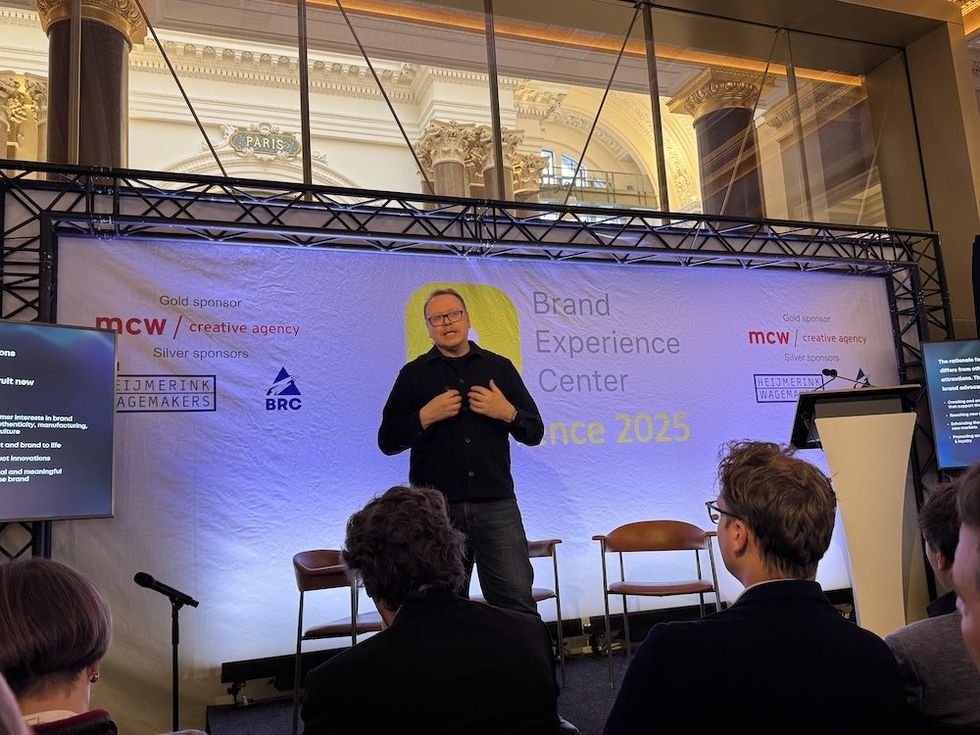 Christian Lachel, chief creative officer, BRC Imagination Arts
Christian Lachel, chief creative officer, BRC Imagination Arts  Image credit AA+W - stock.adobe.com
Image credit AA+W - stock.adobe.com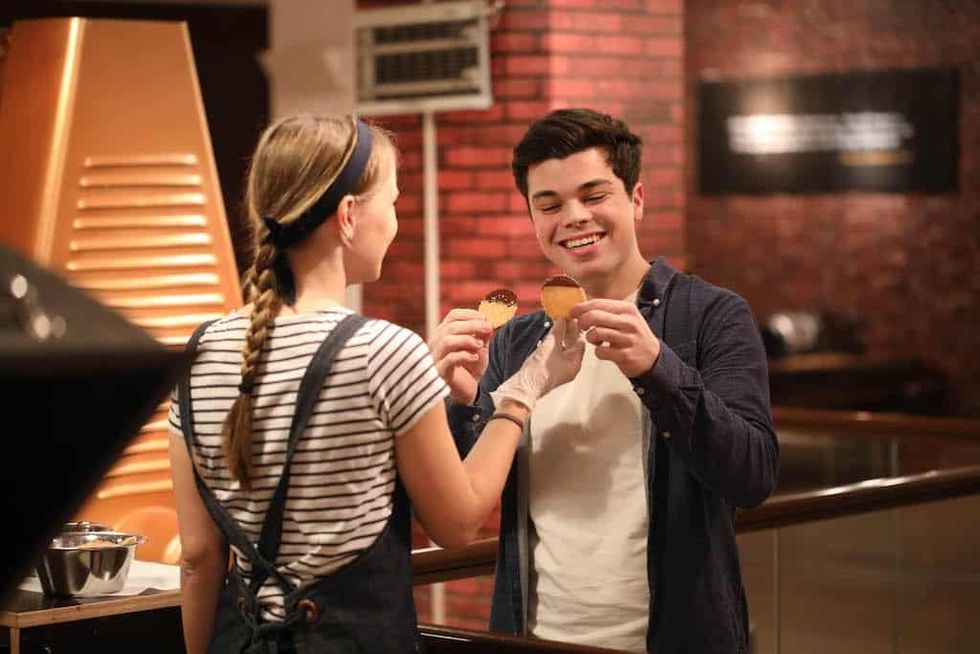 Chocoversum Image credit Sebastian Fuchs
Chocoversum Image credit Sebastian Fuchs 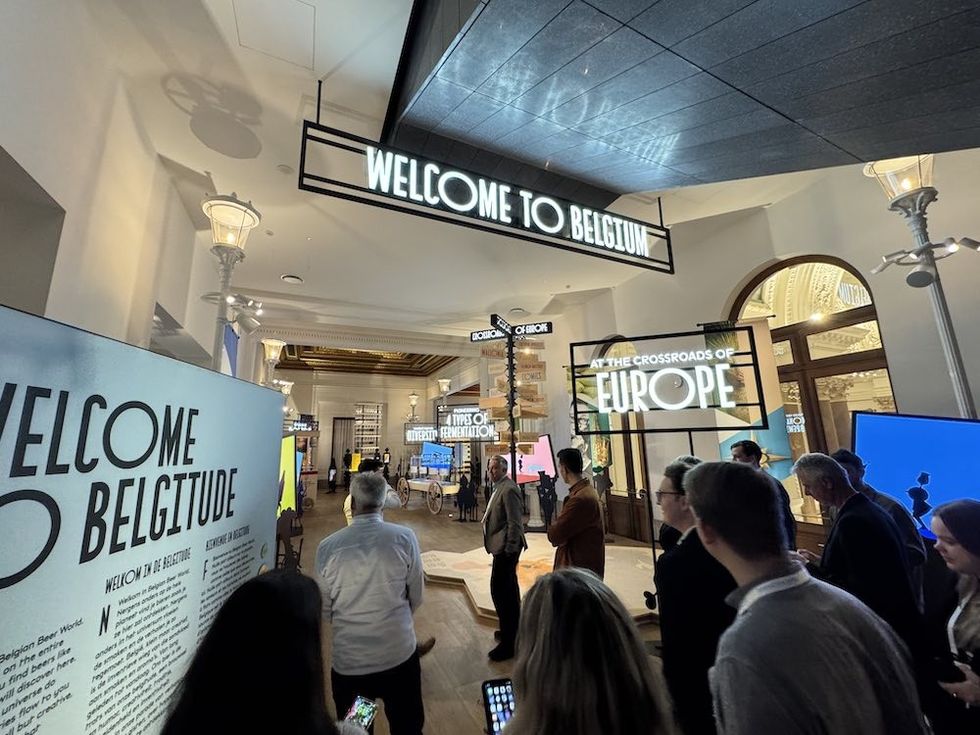 Belgian Beer World
Belgian Beer World 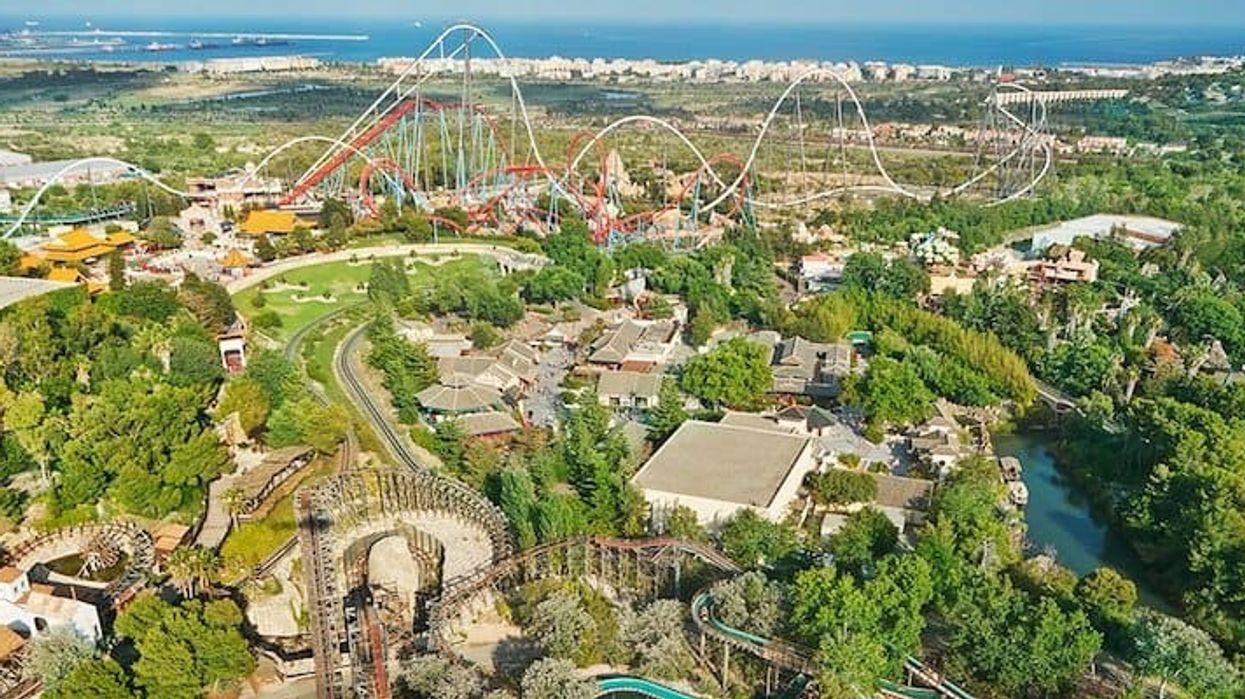


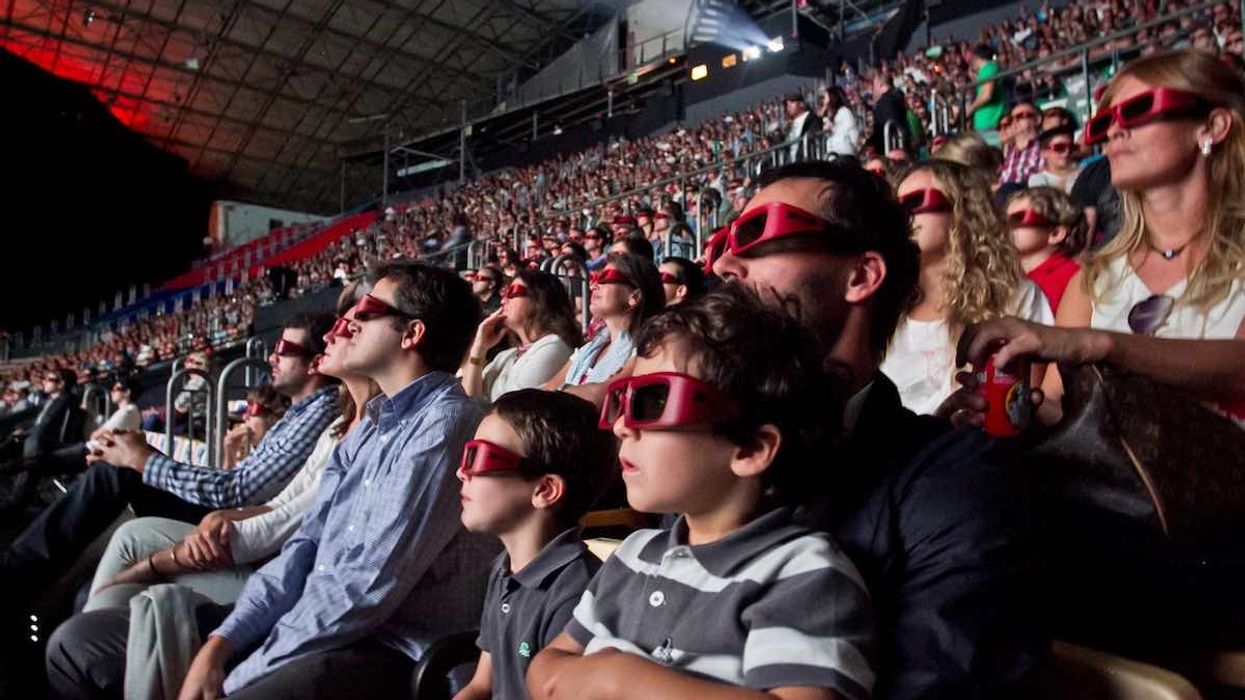
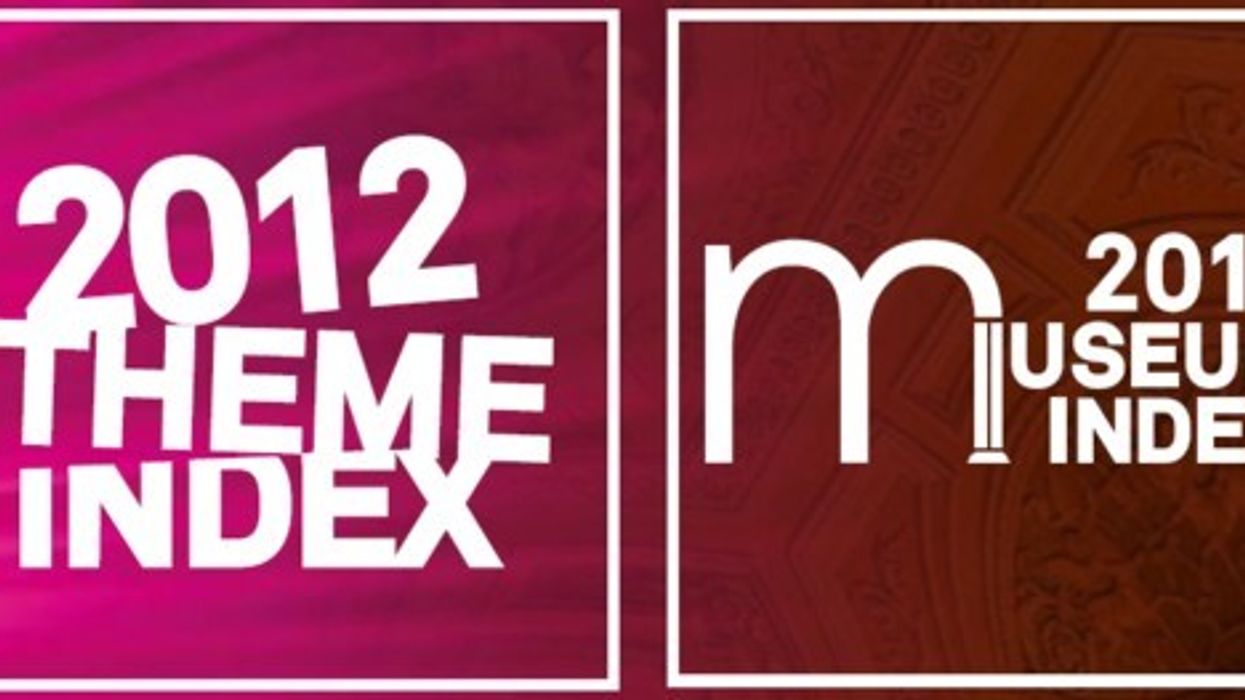

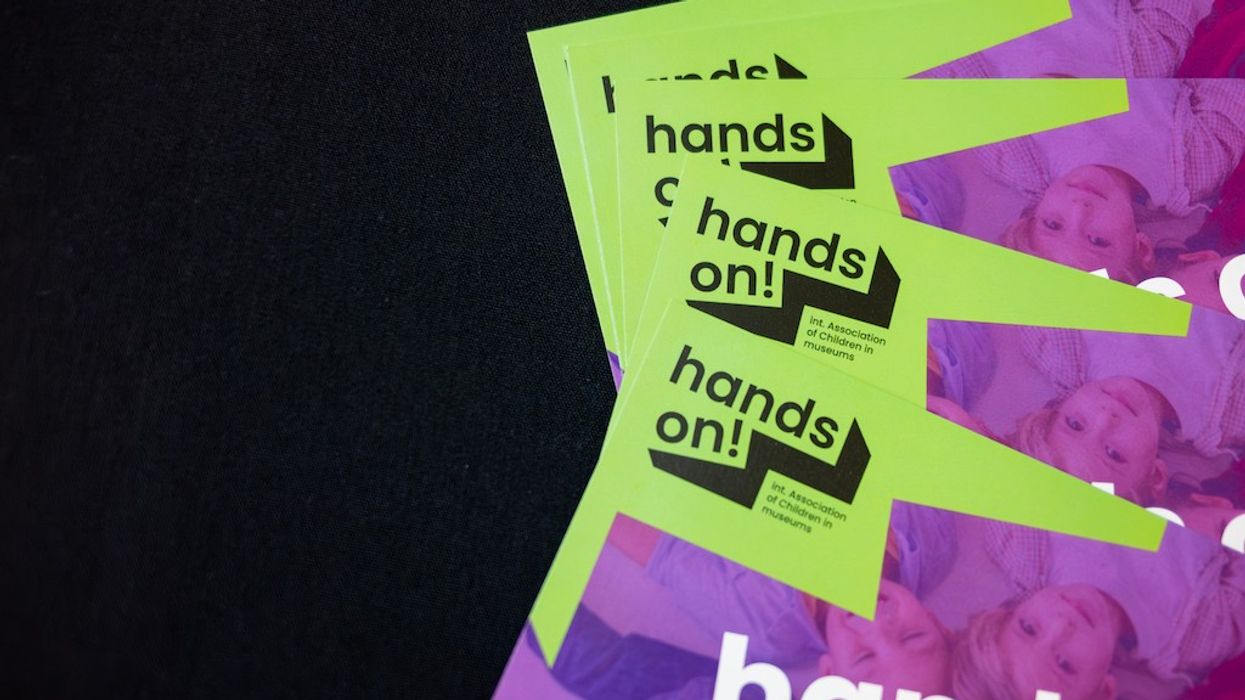
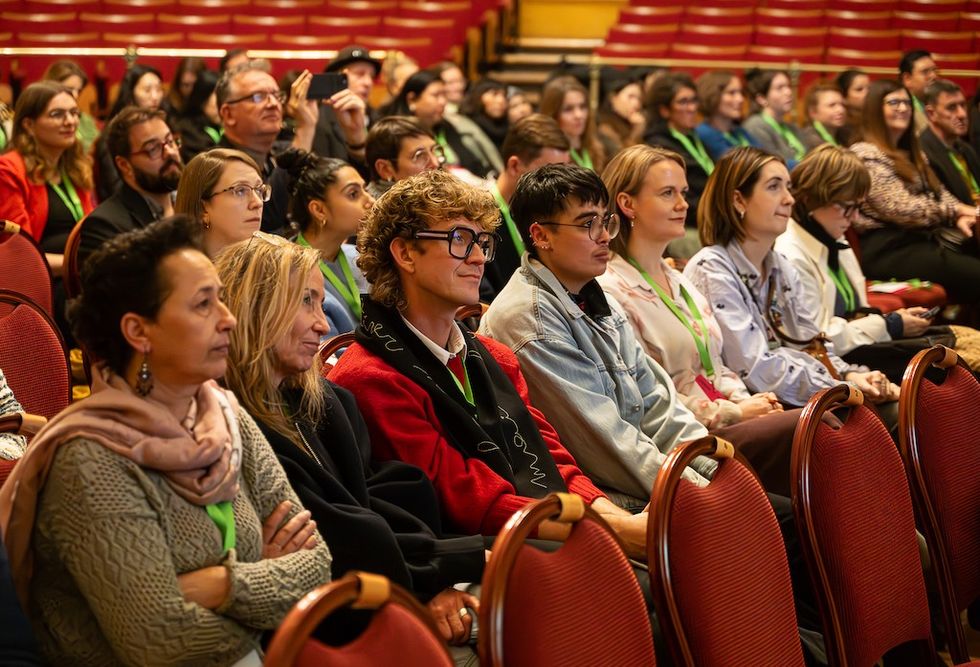
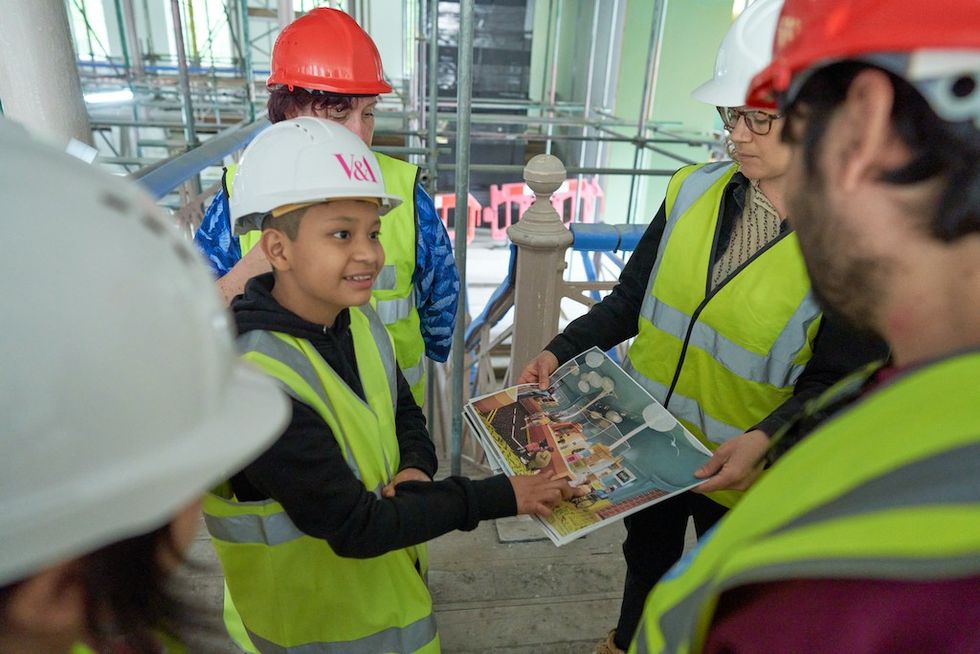 Young V&A Youth Collective members have a tour of the Young V&A construction site. Image courtesy of Young V&A.
Young V&A Youth Collective members have a tour of the Young V&A construction site. Image courtesy of Young V&A. 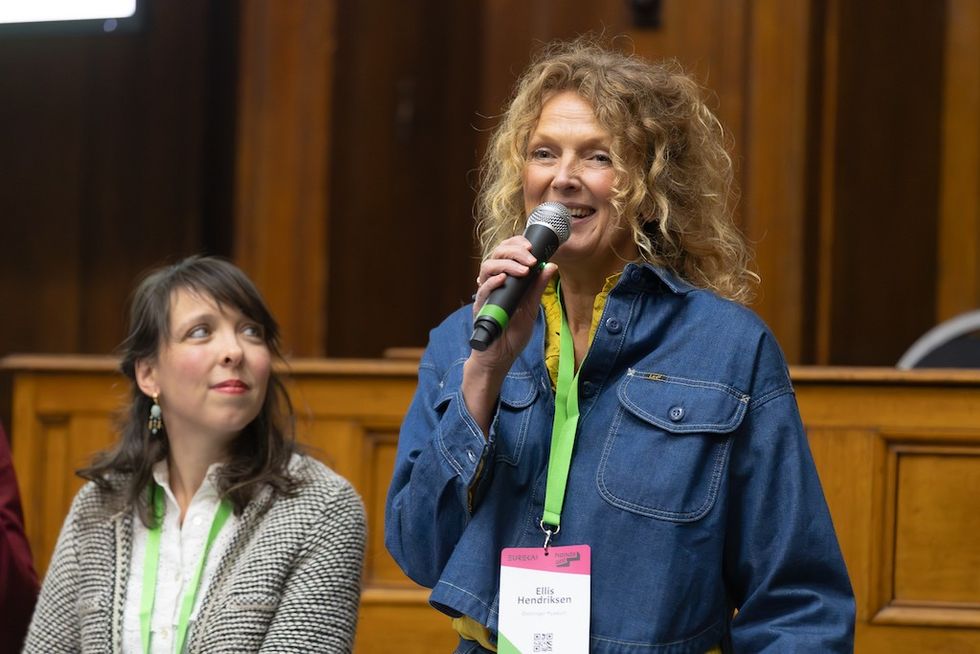 Floriane Perot and Ellis Hendriksen
Floriane Perot and Ellis Hendriksen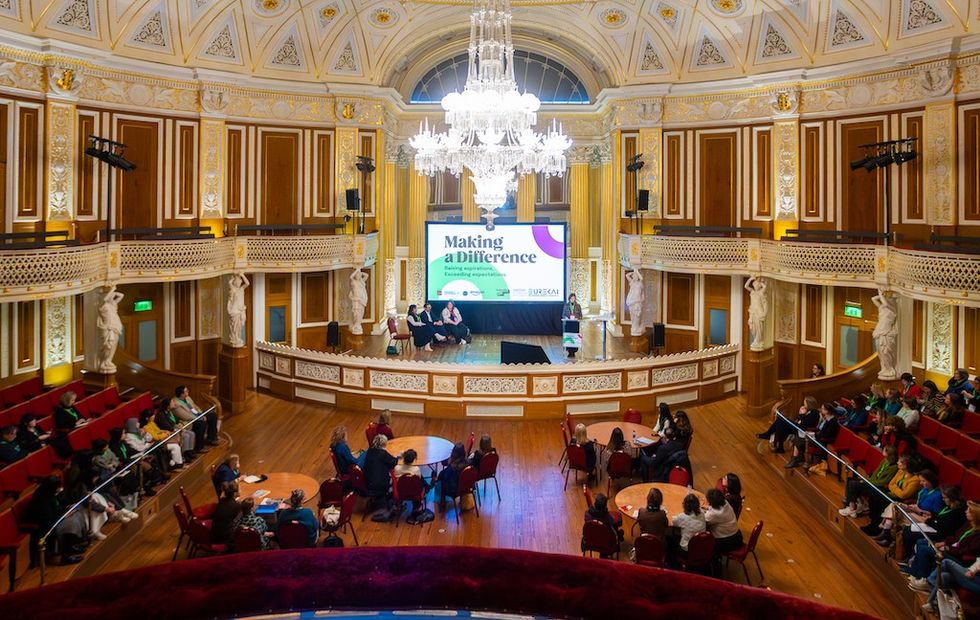
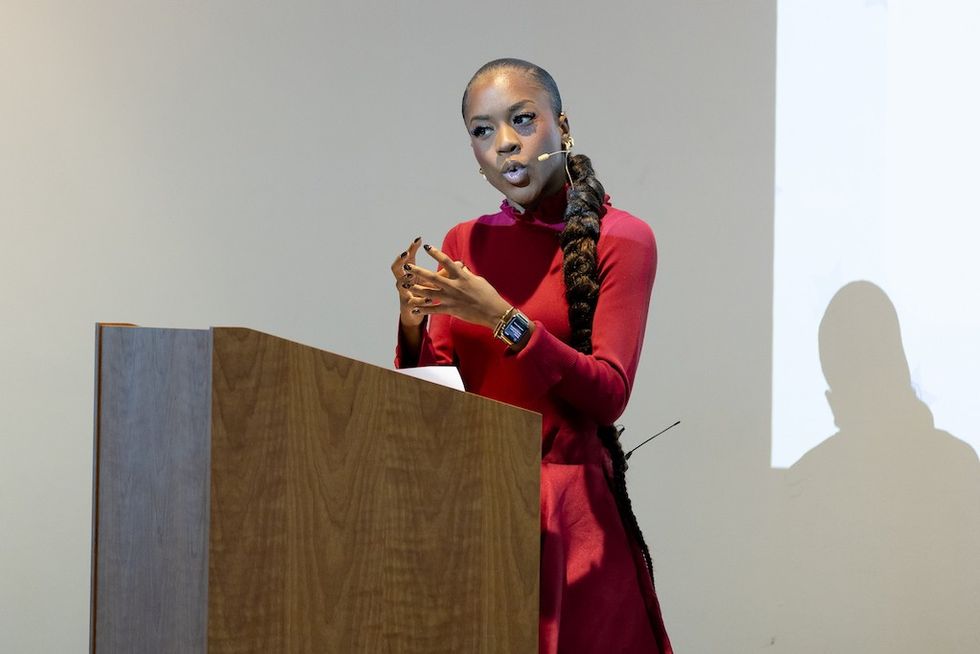 Amber Ogunsanya-William
Amber Ogunsanya-William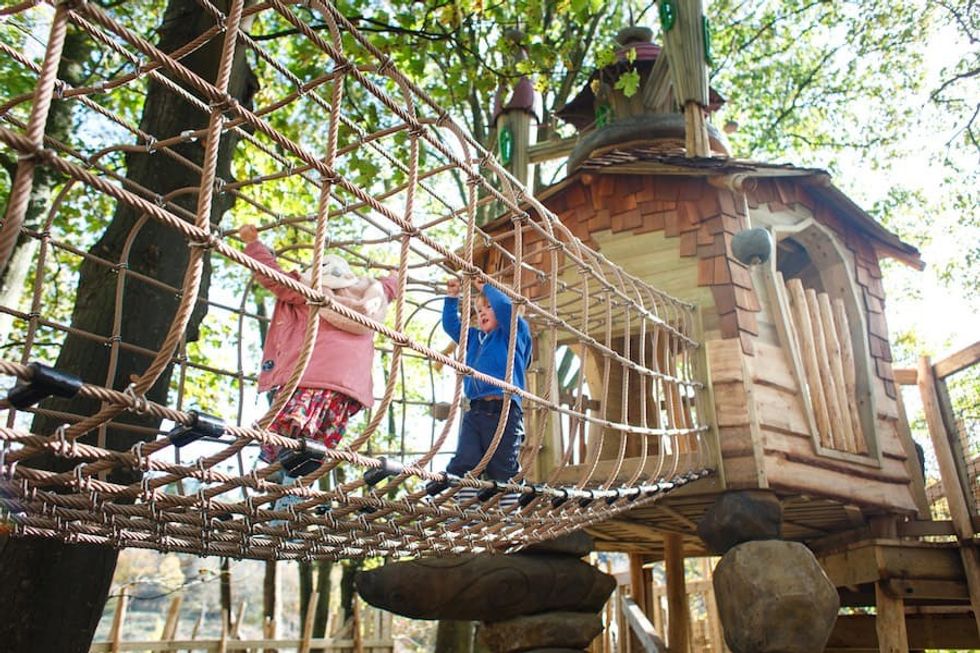 Tumblestone Hollow adventure playground by CAP.CO
Tumblestone Hollow adventure playground by CAP.CO 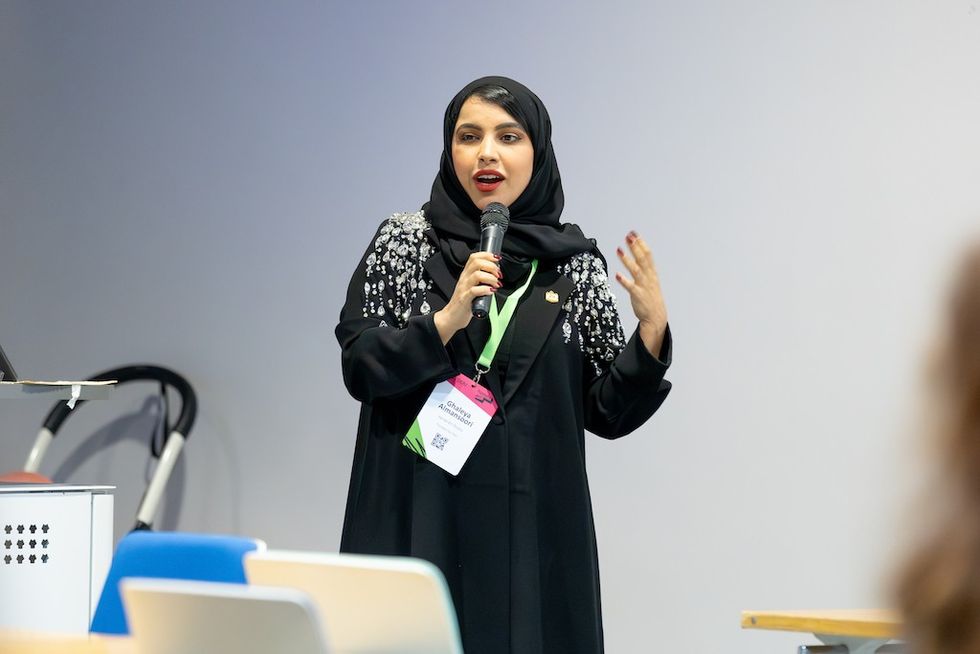 Ghaleya Al Mansoori
Ghaleya Al Mansoori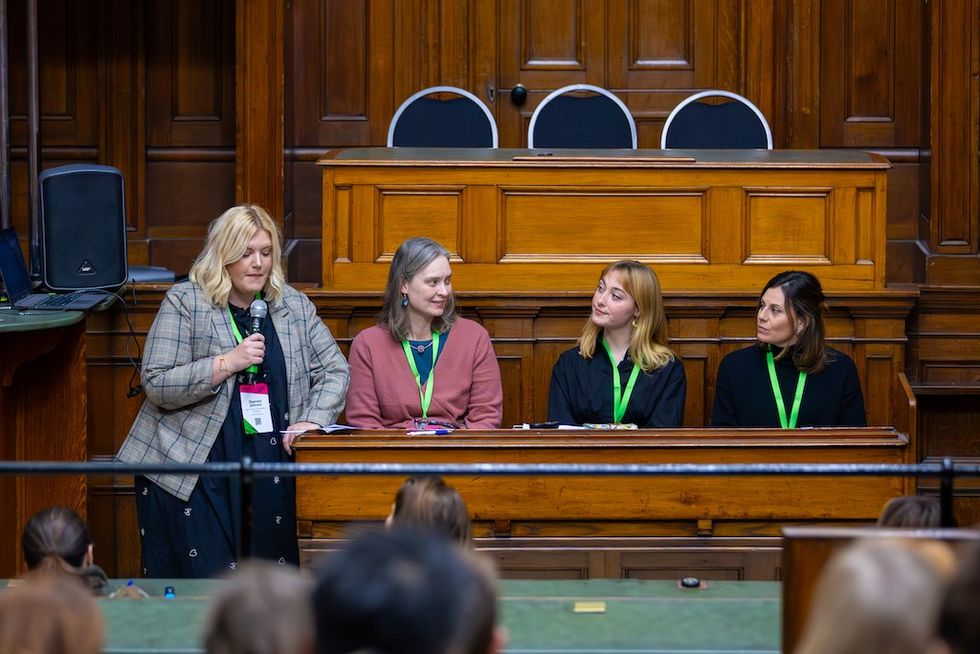
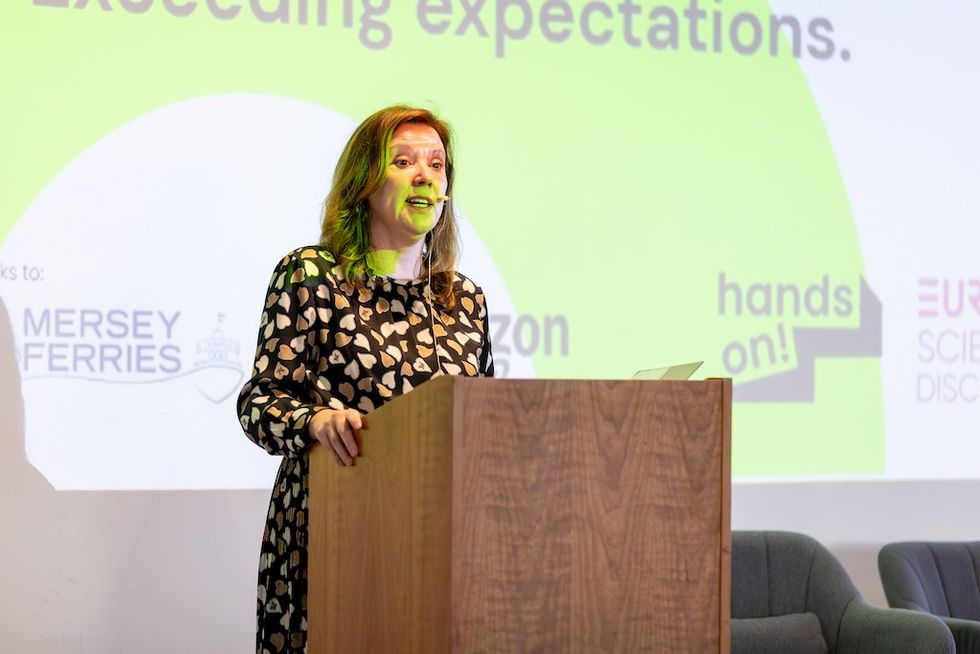 Dame Rachel de Souza
Dame Rachel de Souza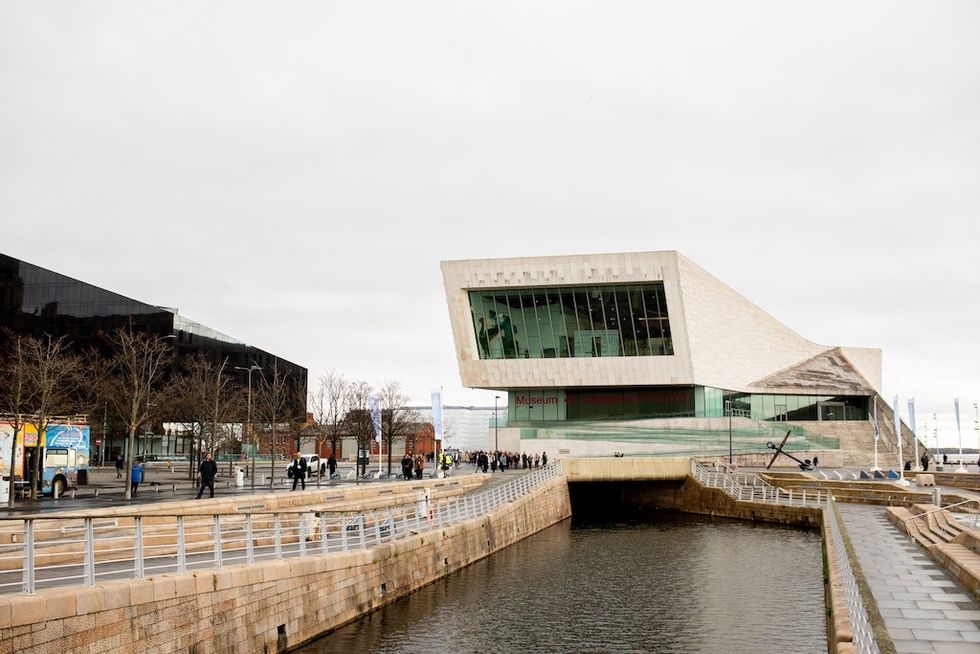 Liverpool Museum
Liverpool Museum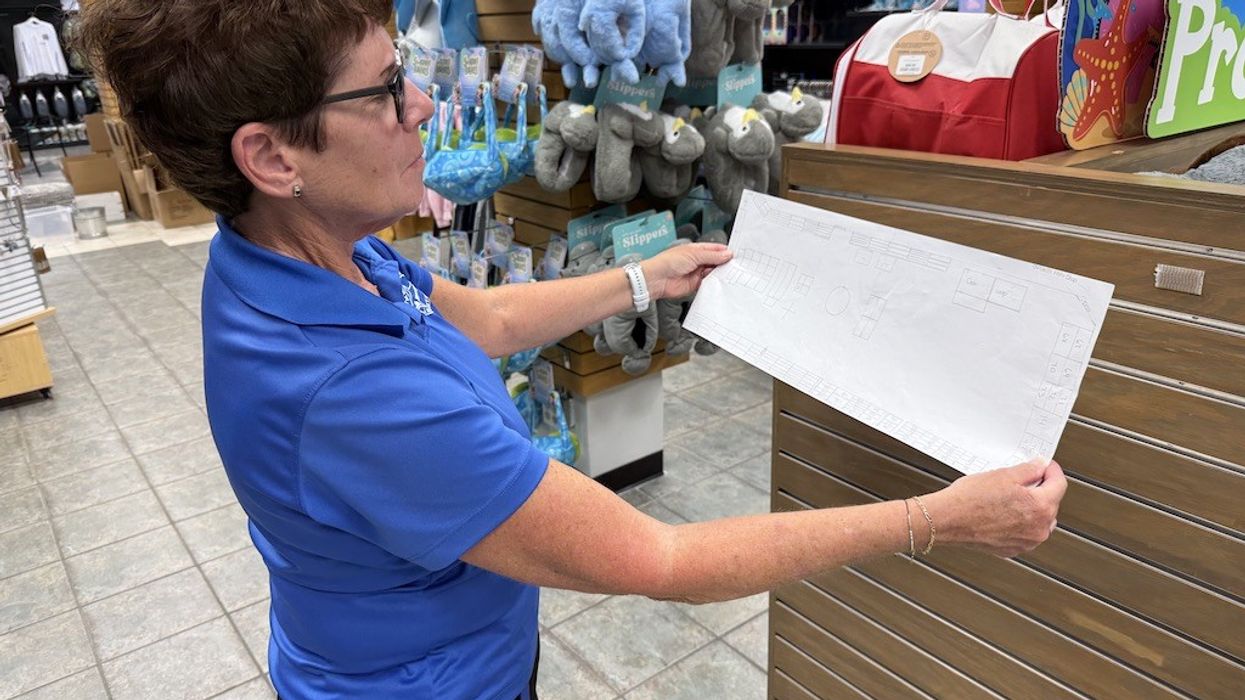
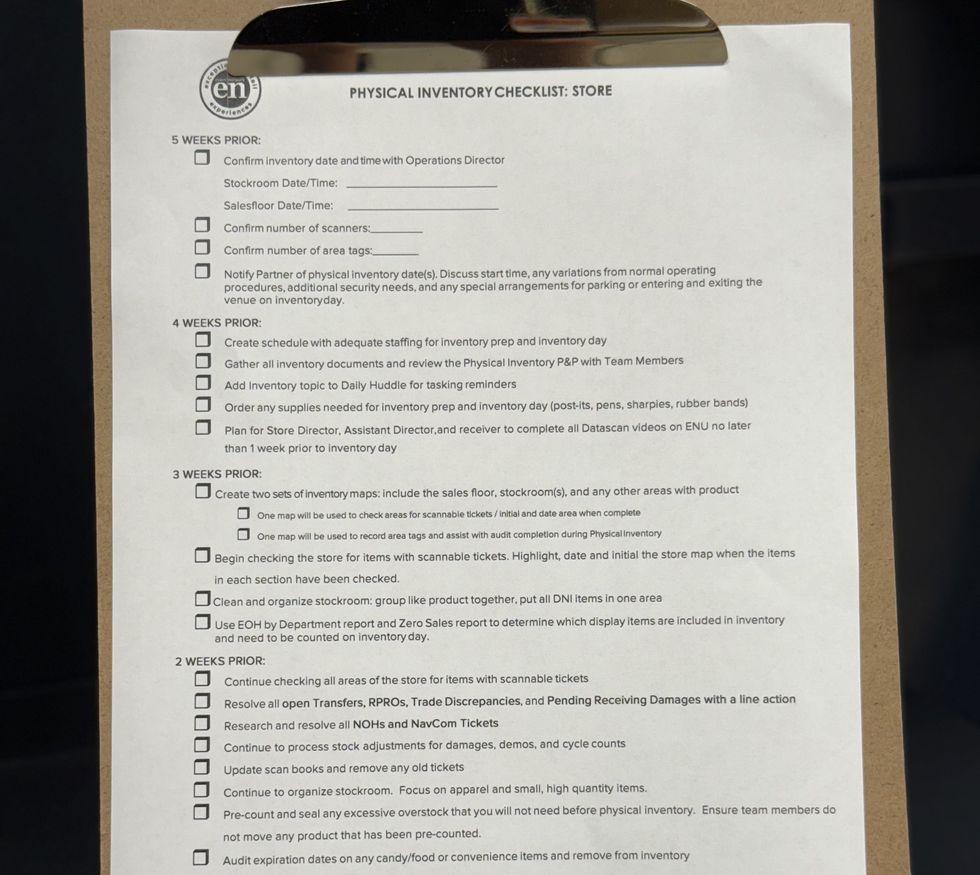
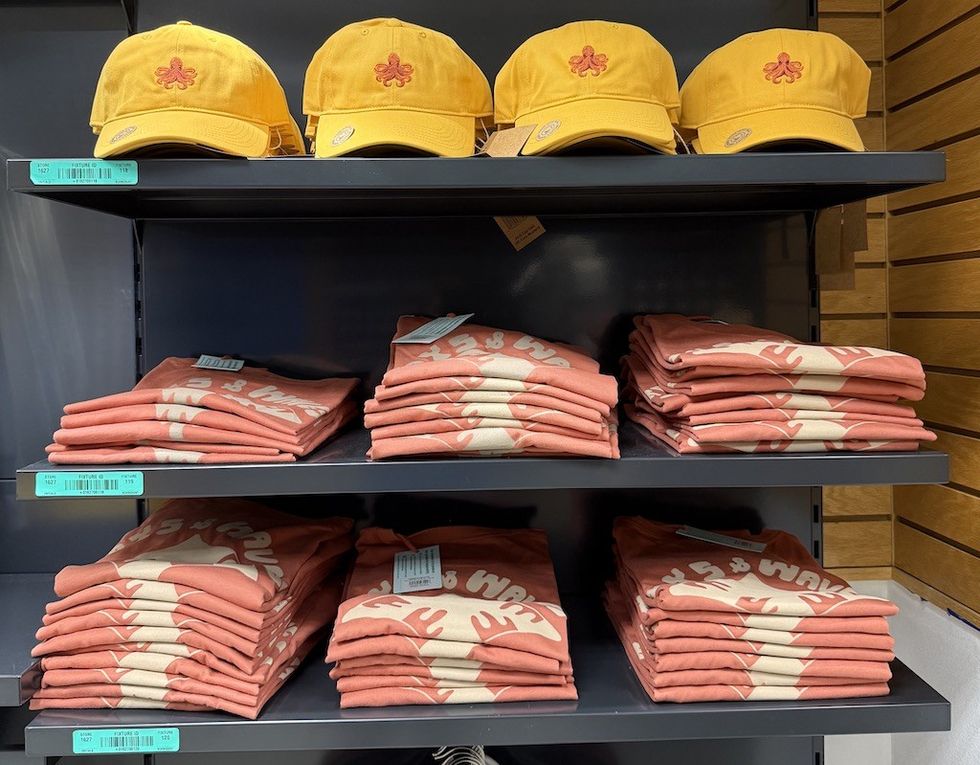
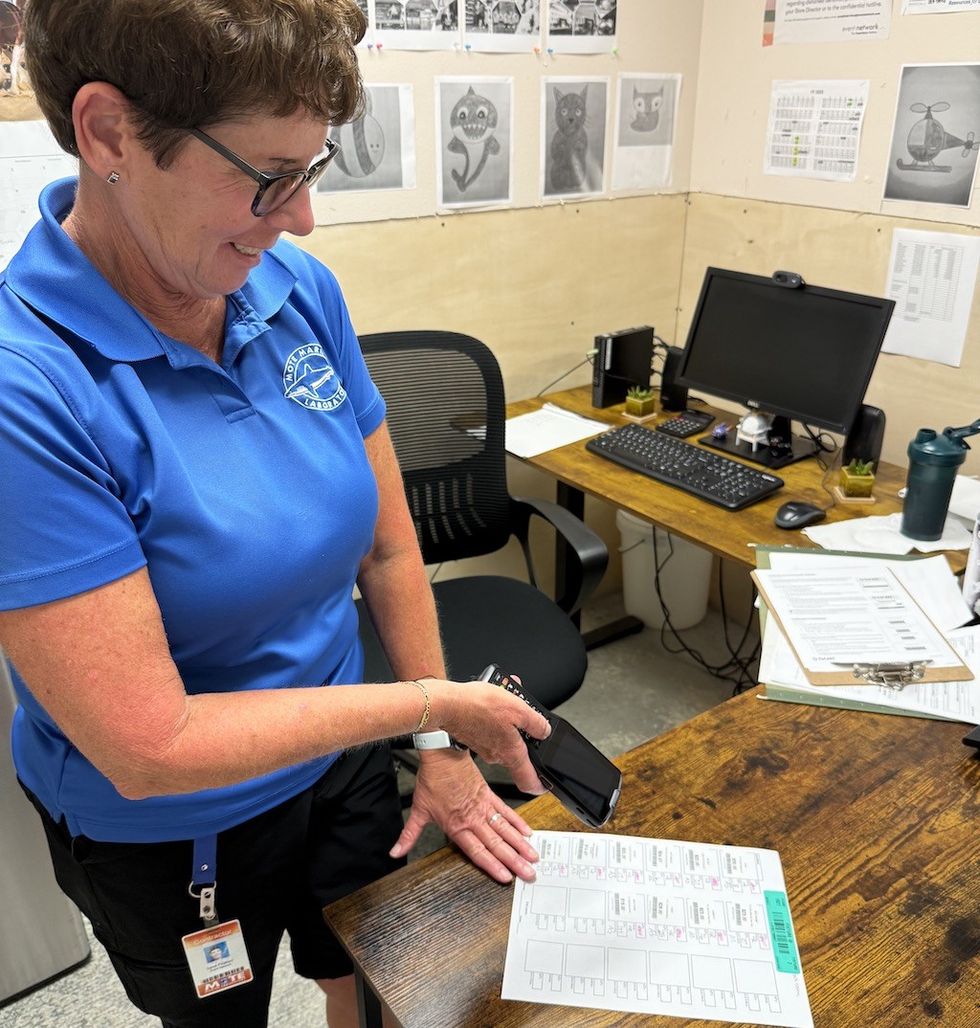


 Guests display a commemorative UN stamp sheet marking the 100th anniversary of the Palace Museum at the UN headquarters in New York, May 2025 (Xinhua)
Guests display a commemorative UN stamp sheet marking the 100th anniversary of the Palace Museum at the UN headquarters in New York, May 2025 (Xinhua)

